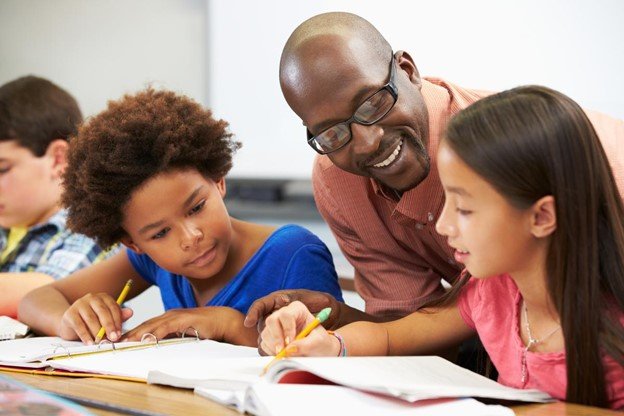Helping Students Deal With Uncertainty and Transitions Using Emotional Coping and Positive Appraisal
The last two and half years of living through a global pandemic have shown us that change, disruption and uncertainty are features of life that are going to stick around for a while.
Without a shred of doubt, living through a pandemic has affected our lives and that of our students in more ways than we could imagine. Ushering in a series of changes that most of us didn’t foresee.
Practising social distancing, cycling through lockdowns, then back on campus and then back to online learning, mask mandates followed by the mask mandate being lifted and so on. These transitions have brought many uncertainties, feelings, behaviours, and stresses among students.
Some students cope well with the transition, and others not so much. For example, each of the schools I work with across the globe is in a different phase of mask mandates. Some students are happy not to be wearing masks, but there are also students who feel safer wearing masks. It’s especially true for those who have health issues. So, being surrounded by people who no longer wear masks can cause distress.
As teachers, we can help our students deal better with the uncertainty brought on by the latest round of changes - whatever they may be. We can help them grow despite the level of stress they experience. And we can also equip them to cope better with future adversities and stressful situations.
Stress-Related Growth
The truth about stress is that it is unavoidable.
And we cannot protect our students from stress because we don’t know when stressful situations will materialise. But what we can do is help them grow through the experience. This way, they can deal with stress better and achieve positive outcomes in spite of it.
That is what stress-related growth is all about.
How to Help Students Achieve Stress-Related Growth
#1 - Positive Reappraisal
This is a strategy where an individual attaches a positive meaning to stressful situations that they are going through. They consider if a good outcome could emerge from those stressful situations.
As mentioned, the current transitions like school re-entry and the lifting of the mask mandate can cause distress. So, how can students positively reframe their situations?
We can help them engage in reframing exercises. A quick reframing exercise we teachers can guide them in is this:
1. Ask them to consider the worst-case outcome of these changes (school re-entry and lifting of mask mandate)
2. Then, ask them to consider the best case outcome
3. Finally, ask them to identify the most likely outcome
As you will see from above, positive reframing doesn’t ignore the bad. It states the negative aspects of the situation head-on but also asks, “Is there some good to be gained here?”. It’s about acknowledging the dark cloud but also looking for the silver lining.
Research shows that positively reframing situations helps students to move away from catastrophising. This means they can dwell less on negative thoughts and emotions that often impact their growth.
Also, looking out for and focusing on the good during bad events has been shown to make people more aware of their values in life. It also makes them act on those values, which gives them a deeper sense of meaning in life.
This cognitive coping skill has been shown to be an adaptive way that students can use to deal with distressing situations. It can help them deal with the stress brought on by the pandemic, as well as other distressing situations in their life. It is a way to help ‘future proof’ them against stress that may crop up later in their life!
#2 - Emotional Processing
Transitions and uncertain situations invoke different emotions in students.
Now, these emotions are normal, natural responses to those situations. But sometimes, those feelings could be negative in nature. They can then cause distress that may affect the student’s mental health and academic performance.
Decades of research shows that processing one’s emotions helps us cope better with stress.
But what’s emotional processing?
Emotional processing entails actively expressing one’s emotions during times of stress. Talking about these emotions helps people feel calmer and safer. This puts them in a better position emotionally to cope with the stress and grow through it.
The multitude of changes experienced through a pandemic can cause feelings of distress and anxiety among students. But naming their experiences and talking about the feelings attached to them can help them process their stress.
Furthermore, talking about their emotions makes them visible. It can then prompt others who don’t feel the same emotions to understand what you are going through.
As teachers, we can let our students express their feelings about the transitions and the uncertainties they are facing. And we can support them so they can understand that there isn’t one right way to feel about it and that all feelings are valid.
Such guidance can help our students to cope with the stress and grow through it.
Teachers Can Help Their Students Grow Through Stress
Stress is unavoidable. And we cannot always protect our students from stress. But what we can do is help them grow through the experience of stress.
Research has shown that emotional processing and positive reappraisal are two strategies that help students to not only deal with stress but grow from it.
If you want to learn more about how you can help improve the mental wellbeing of students…
Join teachers from across the globe who have enrolled in the Visible Wellbeing Teacher Certificate course. It’s an on-demand course available through this link.

